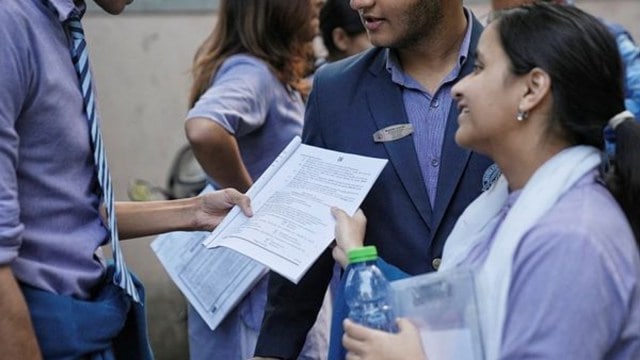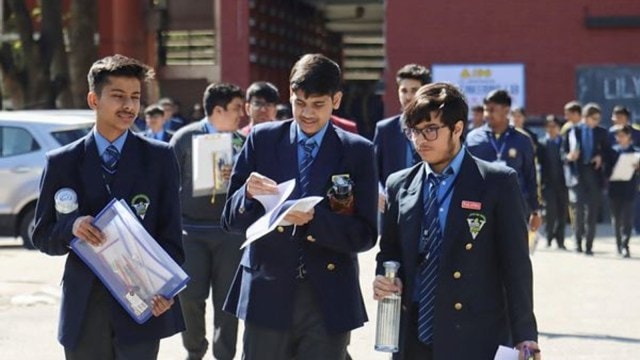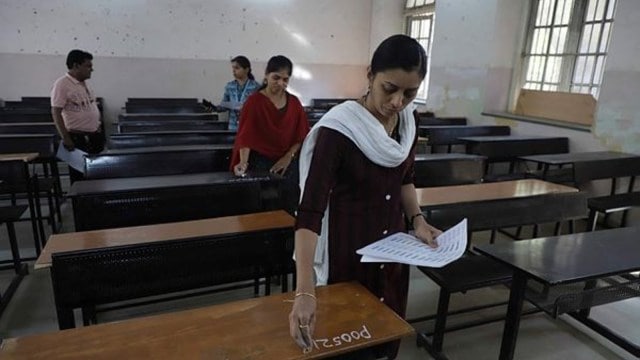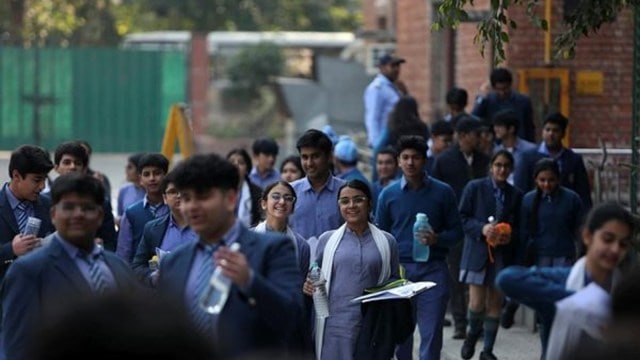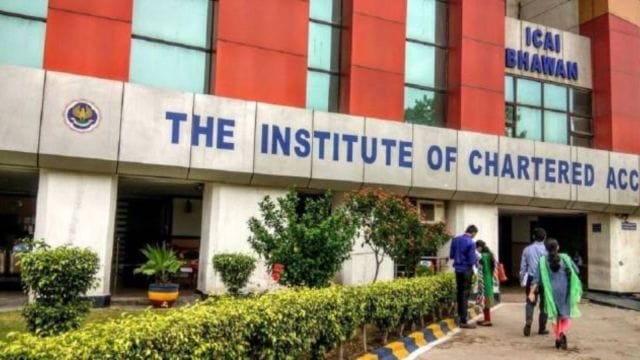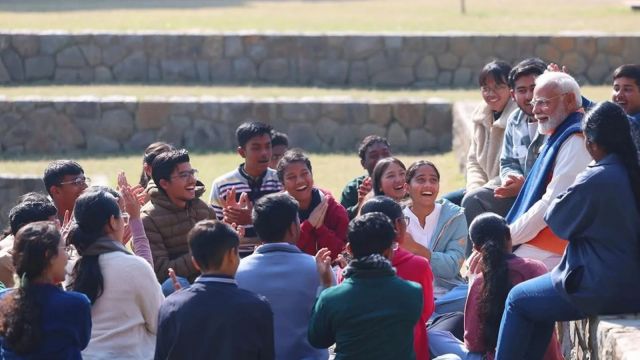
Decode Politics: Why no clear days still for Dharavi’s 25-yr-long Mumbai dreamsSubscriber Only
On Thursday, while unveiling his party’s manifesto for the Maharashtra Assembly elections, Shiv Sena (UBT) chief Uddhav Thackeray promised to scrap the Dharavi redevelopment project if the Maha Vikas Aghadi (MVA) coalition was voted back to power.
A vocal opponent of the Dharavi project, Uddhav said the MVA would also reclaim land given to the Adani Group and issue new tenders to provide housing for Dharavi residents with adequate facilities for their businesses and industries.
The ruling Mahayuti has labelled Uddhav “anti-development” for his stance.
Dharavi, a sprawling urban slum in the heart of Mumbai, covers an area of 2.39 sq km and is home to an estimated 4 lakh residents, as per the state Slum Rehabilitation Authority, and significant informal industries. The redevelopment project aims to transform the dense slum area into a “modern urban locality” featuring high-rise towers and state-of-the-art infrastructure, while relocating its current residents to areas across the city.
The project promises that this housing, for both eligible and ineligible slum dwellers, will be within a 10-km radius of Dharavi, with additional land parcels set aside.
The plan has been in the works for over two decades, with the Maharashtra government handing over the project in November 2022 to Adani Realty, whose Rs 5,069 crore offer outbid the DLF group’s proposal of Rs 2,025 crore.
While the overall cost of the project is expected to exceed Rs 20,000 crore, Adani Realty’s higher initial investment was a key factor in the tender award.
The redevelopment project was first proposed by the BJP-(united) Shiv Sena government in 1999, but remained stalled for years due to delays and changes in the scope of the project. The project gained momentum again in 2016 under a new BJP-Sena government, led by Devendra Fadnavis, and in November 2018, it approved a revised model for Dharavi’s redevelopment.
In January 2019, Dubai-based Seclink Technologies Corporation was selected as the winning bidder, but the tender was not awarded due to objections over the inclusion of some railway land, which was crucial to the redevelopment plans.
An MVA government led by Uddhav came to power later that year and, in October 2019, it cancelled the tender, citing delays in the transfer of railway land.
But then in June 2022, the MVA government fell and was replaced with a BJP-Eknath Shinde Sena government. Within months, fresh tenders were issued regarding the Dharavi Redevelopment Project, and Adani Realty won the bid.
The Sena (UBT), along with other members of the Opposition MVA, have alleged that the project’s conditions were deliberately designed and the terms of the tender changed to favour the Gautam Adani-led Adani Realty, including the allocation of additional land, a Goods and Services Tax (GST) waiver, waivers on the Transfer of Development Rights (TDR), and concessions and discounts in premium payment.
While Uddhav has said his party will not allow the state government to “gift Mumbai to Adani”, the Congress’s Varsha Gaikwad has called the project “Asia’s biggest construction scam” and claimed Adani stands to gain Rs 1 lakh crore from it. The allegations align with the Congress’s sustained campaign that the Adani Group has been a beneficiary of the Modi government’s largesse.
One of the major points of contention regarding the redevelopment is the vast land allocation. While the redevelopment is marketed as a transformation of Dharavi itself, the Mahayuti government has also allocated to Adani Realty over 540 acres of land across Mumbai to rehabilitate residents.
Both Opposition leaders and environmental activists have raised concerns over this. Aaditya Thackeray, a former state minister and Uddhav’s son, has accused the government of handing over valuable land, while environmentalists have said residents are being moved to “hazardous” sites like dumping grounds and salt pans.
Aaditya has also said the government’s proposed incentives, such as waivers on the TDRs and premium charges, benefit Adani Realty excessively, and vowed to scrap these “add-on” incentives if his party returns to power. “We will ensure that every Dharavi resident gets a home within Dharavi, and not in far-flung areas of Mumbai, far from their original livelihoods,” he said.
Officials have claimed the land allocations are intended for government use and not for direct transfer to Adani Realty.
Chief Minister Eknath Shinde has said that the MVA does not know anything “except putting a stay on projects and discontinuing them”. “What else can we expect from the MVA? One-two lakh people stay in poor conditions in Dharavi, while these leaders stay in big houses.”
Shinde has also challenged the MVA to talk about its development credentials. “They are only copying the schemes we have announced. They are liars and the public will not believe them,” he said.
Shinde Sena leader and former Congress MP Milind Deora has also called the Sena (UBT)’s Dharavi promise “speed-breaker politics”, driven by “personal ego”.
Last December, after Uddhav led a protest march against the Dharavi project, Deputy CM Fadnavis had labelled him “anti-development” and said he was trying to prevent poor people from getting housing. BJP Mumbai president Ashish Shelar has asked why having supported the project when he was the CM, Uddhav had hit the streets now.
The Dharavi Assembly seat is a Scheduled Caste-reserved constituency and was won in 2019 by the Congress’s Mumbai chief Varsha Gaikwad, who was elected to the Lok Sabha this year.
Dharavi falls under the Mumbai South Central Lok Sabha seat, which was won this time by the Sena (UBT) against the Shinde Sena’s sitting MP. The Sena (UBT) was dominant across the constituency, winning four of the six Assembly segments, including Dharavi.
In the Assembly polls, Jyoti Gaikwad, the sister of Varsha, a three-time MLA, is the Congress candidate against the Shinde Sena’s Ashish More in Dharavi.

 Posts
Posts Sign up as a Teacher
Sign up as a Teacher